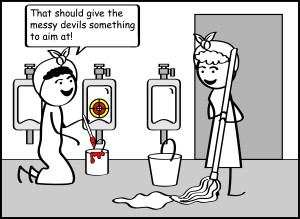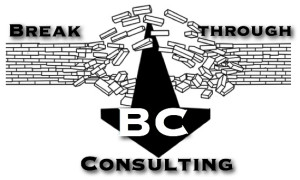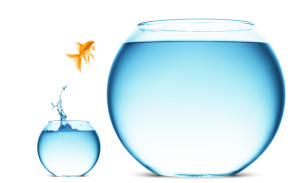
How do you think about risk? Do images of hang gliding or dying on Mount Everest come to mind? Does it mean an activity where one false move can mean death for you? The truth is risk doesn’t need to involve danger. Risk can also be defined as the intentional interaction with uncertainty. “Uncertainty is a potential, unpredictable, unmeasurable and uncontrollable outcome; risk is a consequence of action taken in spite of uncertainty” says Wikipedia. Risk can be defined as “activities with uncertain outcomes.”
The ability to take calculated risks is an essential human trait, crucial to our development. Our risk-taking ancestors were the successful survivors who took chances to adapt to their changing environment. And today, the same principle applies, “To grow, we need to experience challenges — whether we’re 4, 14, or 40” says psychologist Michael Ungar. I’d add–until our dying breath.
Facing things that make us uncomfortable has advantages, whether we succeed or fail: we become more emotionally resilient, confident, satisfied, and engaged with life. We don’t have to parachute from a plane (thank God!) to reap the benefits of taking risks. Choosing to be creative everyday means taking some risk. Any time we pay attention to areas of our life that feel challenging, lacking or intriguing to us– we can choose to take some risk. Whether that means being open to the universe to find a new mate after a divorce or to change our artistic medium in order to better express ourselves on an easel. We embrace the adventure of uncertainty. “Do one thing every day that scares you,” Eleanor Roosevelt said.
Will taking a risk cause anxiety? Yes!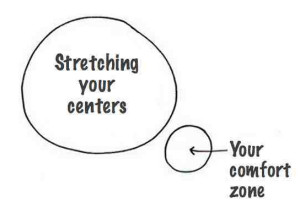
Researcher Hans Selye found there are actually two kinds of stress: Distress is a negative stress and eustress is a positive stress. “Eustress,” or healthy anxiety motivates or focuses our energy. Healthy anxiety is “just right” anxiety; the kind we need to be creative. Too much anxiety becomes toxic to our performance, paralyzing it. Too little anxiety is toxic as well, as it puts us in an “I’m bored” state. So the level of risk we choose to take should include “just right” anxiety for us. This will look different for you than it does for me, but for both of us, it will involve a “stretch” from our head, heart or gut center (or all three).
Pioneer Danish philosopher, and father of existentialism, Søren Kierkegaard explains in his 1844 treatise that anxiety is the dizzying effect of freedom, of paralyzing possibility, of the boundlessness of one’s own existence. He writes, “Anxiety is altogether different from fear and similar concepts that refer to something definite, whereas anxiety is freedom’s actuality as the possibility of possibility.”
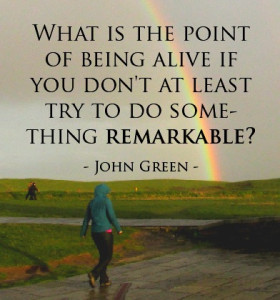
We intuitively know that our best learning occurs just beyond our comfort zone from our heart, head or gut perspective. That’s what happened to me when I left my corporate job after 19 years. I had to take a big risk, relinquish the golden handcuffs, and take a leap of faith into the deep unknown. Through the process I discovered more passions: living off the grid in the mountains, building a rustic cabin, trail running on old mining paths and meeting my soul mate whom I would marry. There is always a sense of satisfaction that emerges from trying something entirely new and proving ourselves to be capable of the task. Creativity is born!
Perhaps the coolest benefit of taking a risk is that it’s simply fun. Neuroscientists explain this bliss with biochemistry: New, challenging, and risky activities trigger the release of dopamine, a feel-good neurotransmitter that’s part of the brain’s reward system. Call risk taking the ultimate antidote to boredom. It’s the best way (I am aware of) to wake up and feel fully alive. We can have a say in our destiny—by taking a risk– versus being dominated by our circumstances. Indeed every chance we take teaches us something about ourselves and leads us mysteriously along our long term creative path.
Any risks you’ve taken you’d like to share– that reaped you benefits? Happy risk taking.
Thank you for reading my post. I am an organizational and business consultant living in the mountains of Santa Fe, New Mexico with my husband and dogs. I enjoy hiking and high desert gardening. My core message of everyone is creative resonates with people of all ages and walks of life. I invite all to become the best version of themselves and find true meaning by pursing long term creative quests.
Read more in my book: The Three Sources of Creativity: Breakthroughs from Your Head, Heart and Gut
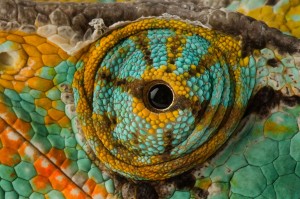
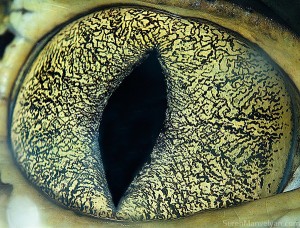
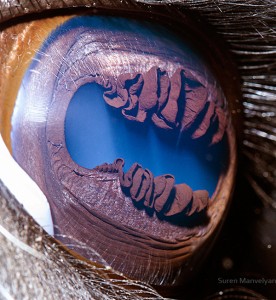
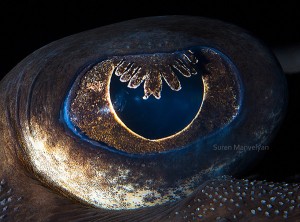

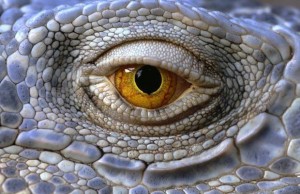
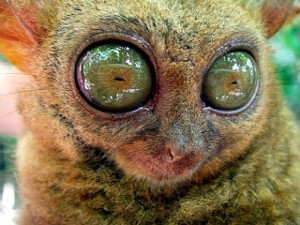
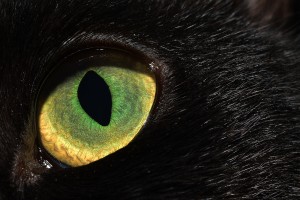
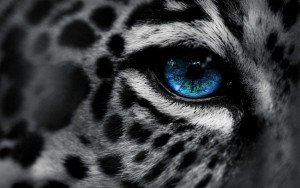
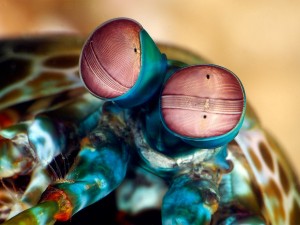
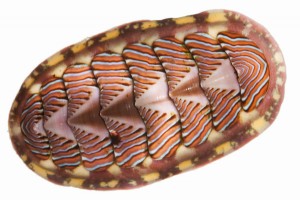

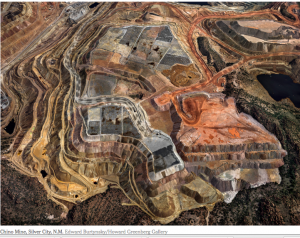
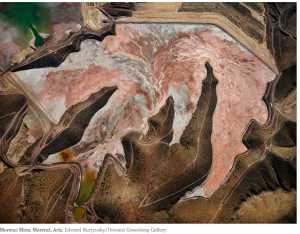
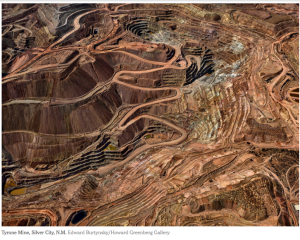
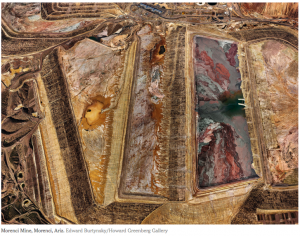
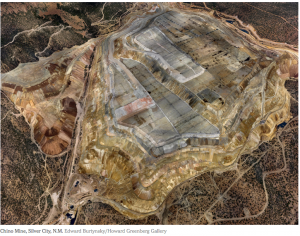
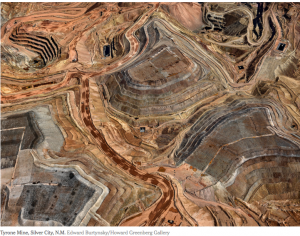
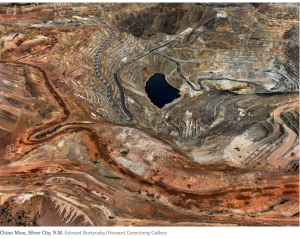
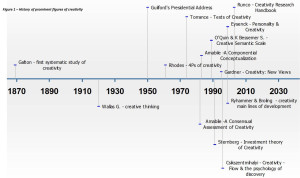 There is a long history of major contributors to the subject of creativity. Here is a condensed timeline from 1870 to present (provided by Johnson Wong of Singapore).
There is a long history of major contributors to the subject of creativity. Here is a condensed timeline from 1870 to present (provided by Johnson Wong of Singapore).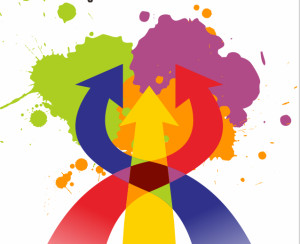



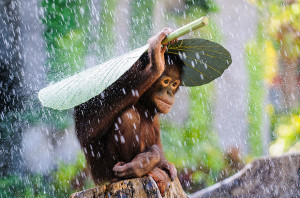
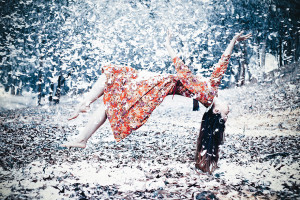
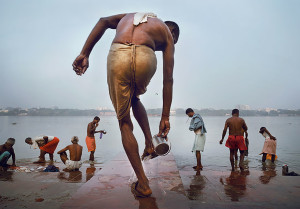
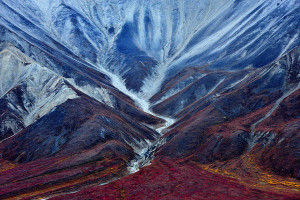
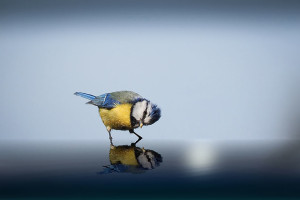
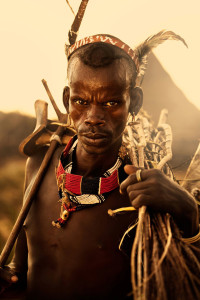
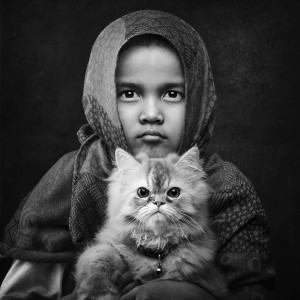
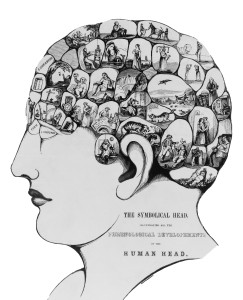
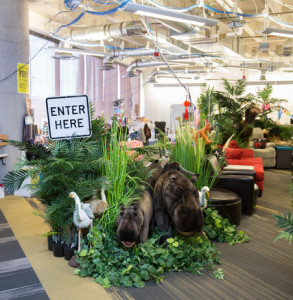 where everyone has a voice and bureaucracy doesn’t stifle innovation. So, the traditional corporate hierarchy is gone. Managers no longer exist! “The company’s 1,500 employees define their own jobs. Anyone can set the agenda for a meeting. To prevent anarchy, processe
where everyone has a voice and bureaucracy doesn’t stifle innovation. So, the traditional corporate hierarchy is gone. Managers no longer exist! “The company’s 1,500 employees define their own jobs. Anyone can set the agenda for a meeting. To prevent anarchy, processe